In this post, we are going to look at major arpeggios and the different movable positions for major arpeggios on the guitar.
Many guitarists spend a large amount of time mastering scales and often place less importance on arpeggios. This is a mistake. Arpeggios are a very important part of guitar mastery. There is no better way to ‘get inside’ the sound of a chord than by using arpeggios. Just like anything on the guitar, there is an art to using arpeggios in a musical way, but a large part of the challenge is to simply learn the shapes and be able to play them fluently.
Major arpeggios are particularly important because the major triad is arguably the ‘master chord’ in all of western music. The purpose of this post is not to delve to deeply into chord theory, but a major triad contains the 1, 3 and 5 of a major scale and all other chords can be related in someway back to a major triad.
Let’s look at the movable positions of the major triad. For the purpose of this lesson, we will use the G Major arpeggio. Of course, the positions are movable, which means you can use the shapes for other keys of the major arpeggio.
5 CAGED Major Arpeggios
Here are the 5 different positions of the major arpeggio:
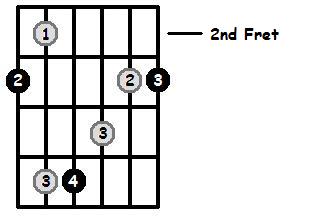
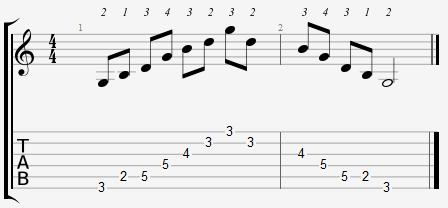

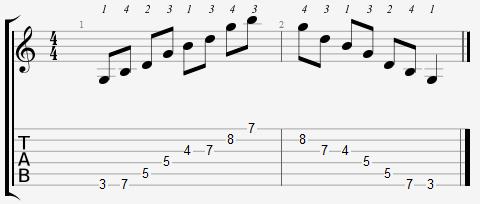
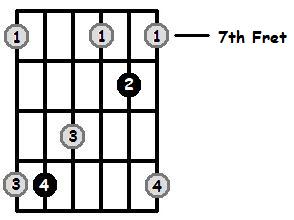
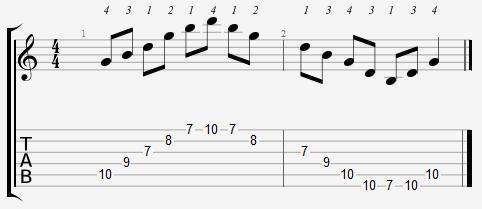

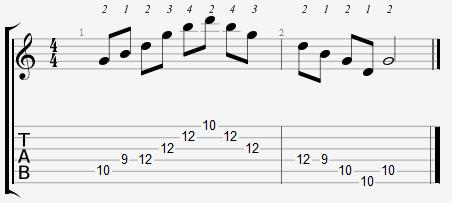

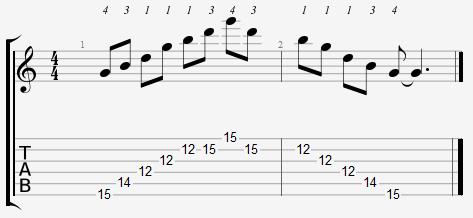
Major arpeggios compliment certain scales very well, such as the major scale, lydian scale and major pentatonic scale. Since we used the G major arpeggio as the example arpeggio in this post, check out the following scales and try to match up different major arpeggio position with the relevant positions for each scale:
